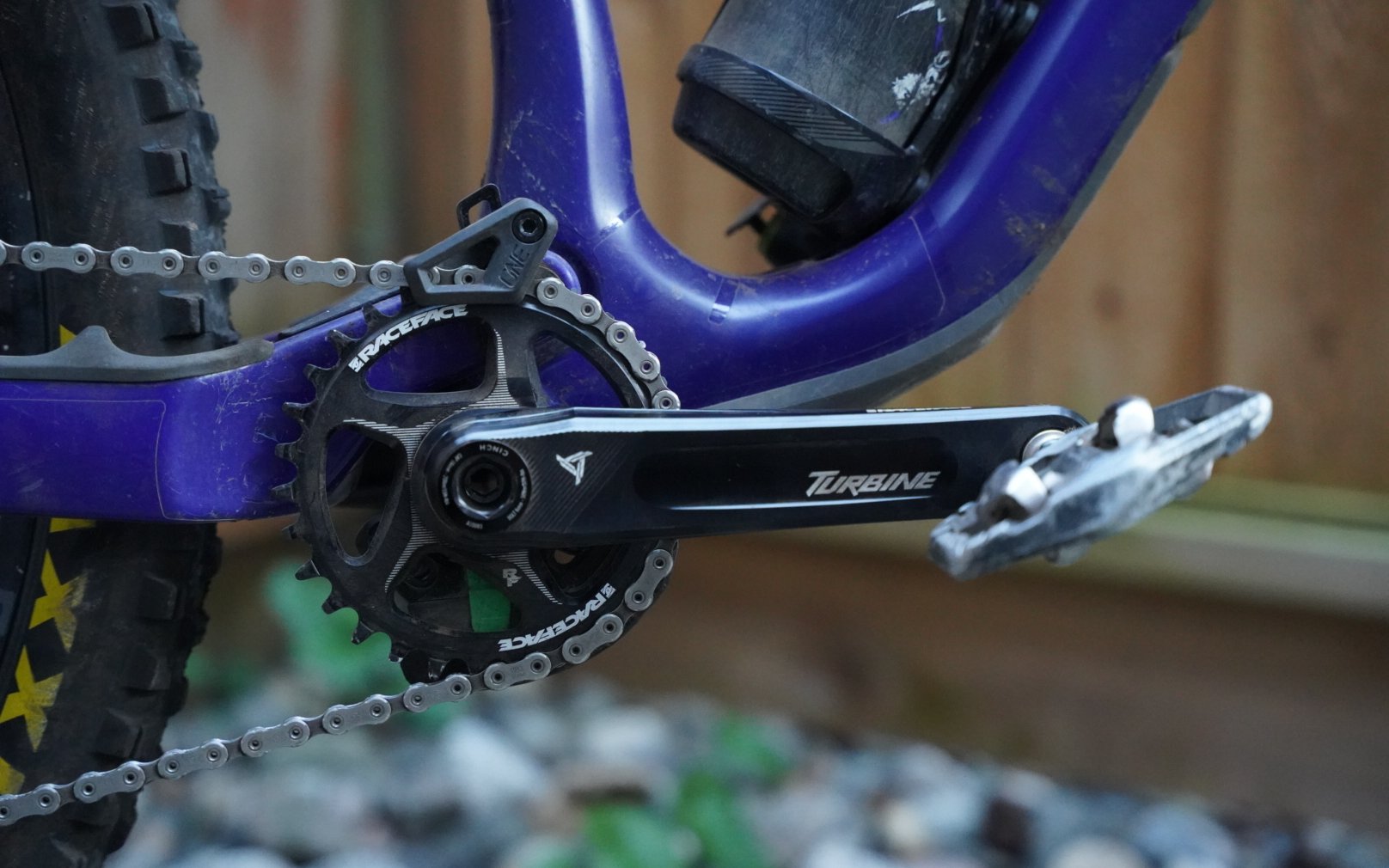
Product Intro/Review
The 2023 New Race Face Turbine Crank
There isn't a more ubiquitous Race Face item than their Turbine cranks. I first saw them in Mitchell Scott's “Fear and Loaming” article in Bike Magazine (May 1998), featured in a sidebar dedicated to niche gear worthy of North Shore shredding. Back then, If I hadn't been drooling due to my recently installed braces, I certainly mouth-piddled when a childhood riding buddy bolted a pair of light-blue anodized Turbine LP cranks onto his Cannondale Killer V.
Today, Race Face introduces their newest iteration of the Turbine crank, with a focus on stiffness and smashability. Forged from 7050 aluminum, the sleek arms are then machined to shave an extra 20g from the outgoing Turbine. Crankarm length options are 165/170/175mm. A 30mm spindle is compatible with many bottom bracket systems, should you find yourself in need of a quick replacement. Race Face's CINCH direct mount system allows for quick chainring swaps. The bearing preload collar has been revised to use a 3mm bolt, instead of the previous 2mm (which often was a PITA trailside adjustment as 2mm hex wrenches aren't always found on a multi-tool). Pedal ends have been optimised for each crankarm length, to reduce strikes of low bottom bracket heights. Finally, Race Face backs the Turbine with a lifetime warranty, should things go south.
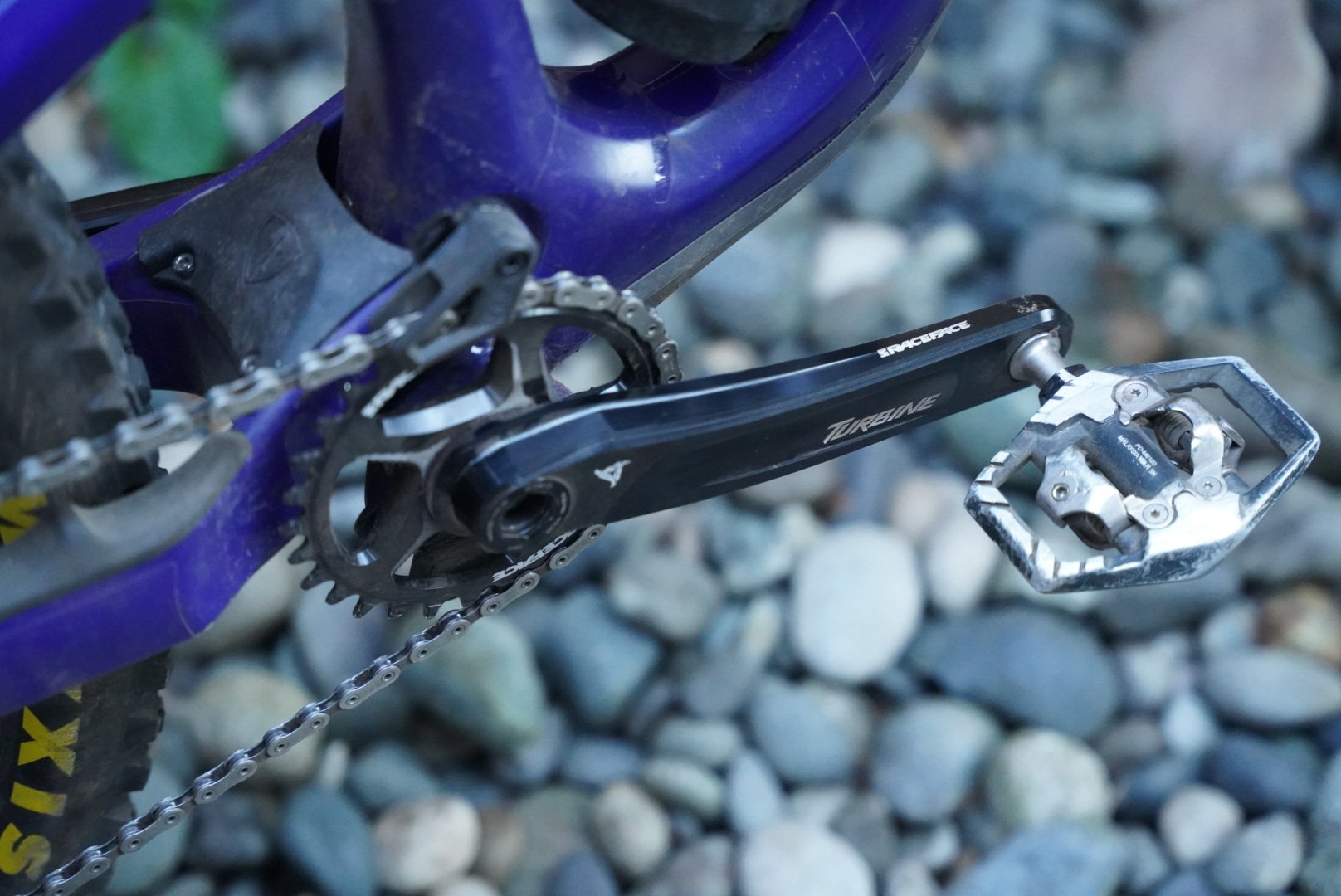
The new Turbine is sleek and slightly more angular than the previous iteration
Installation of the new Turbine was crazy fast and easy (thanks to NSMB's Deniz at Obsession Bikes), twisting a lone 8mm bolt snugged everything down. BB preload was set quickly with the 3mm collar bolt. Chainline was unaffected from my previous setup, and the Race Face SHI-12 ring ran through my OneUp top guide without any contact. I went riding immediately after installation, and I didn't notice anything - which is great. Cranks are either flexy or not (the latter being true here), and shouldn't escalate blood pressure if they bash off rocks, unlike fork stanchions, derailleurs, or carbon frames. Long-term testing will reveal whether the Turbine is indeed the workhorse it's been since inception in 1993, but so far, so good.
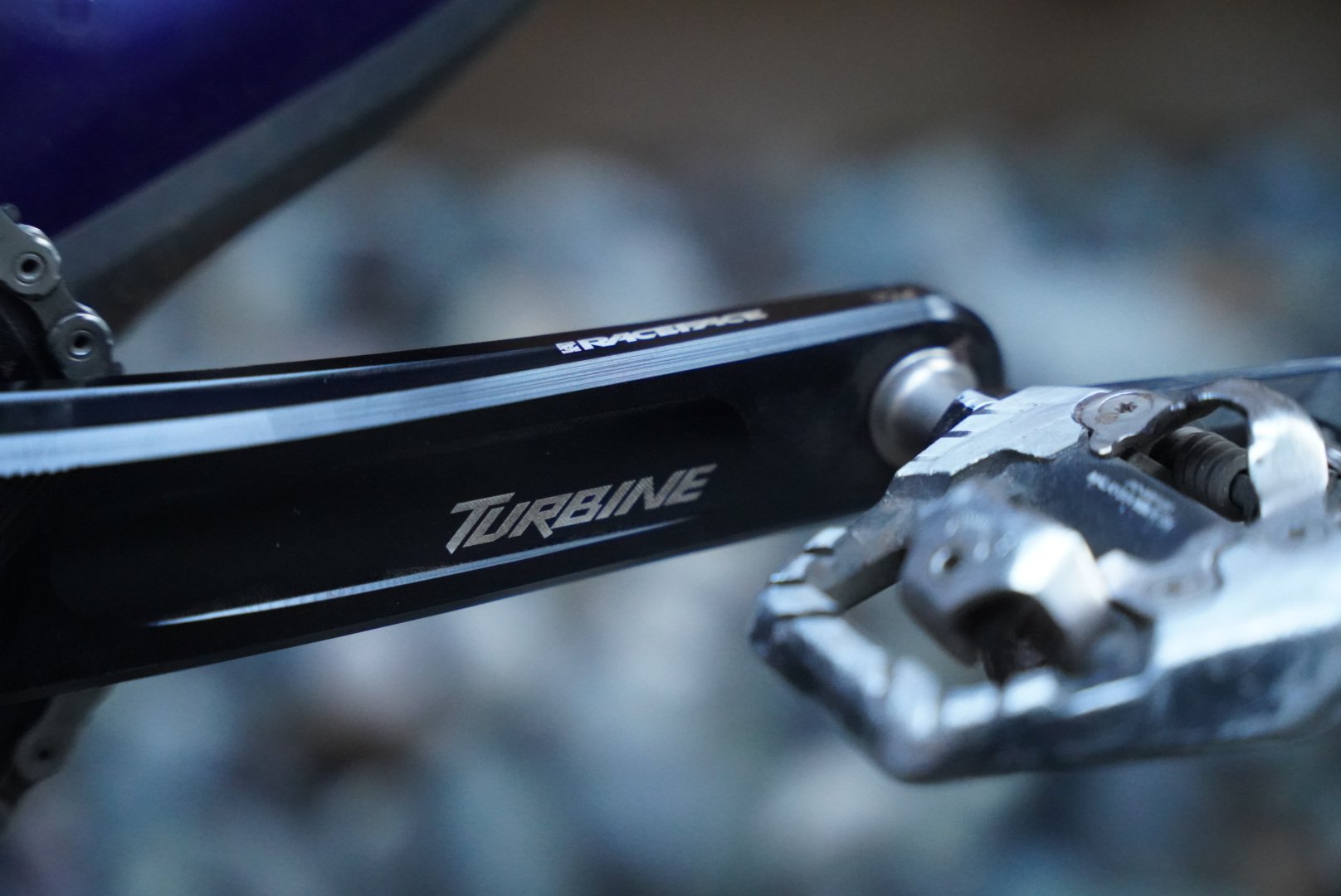
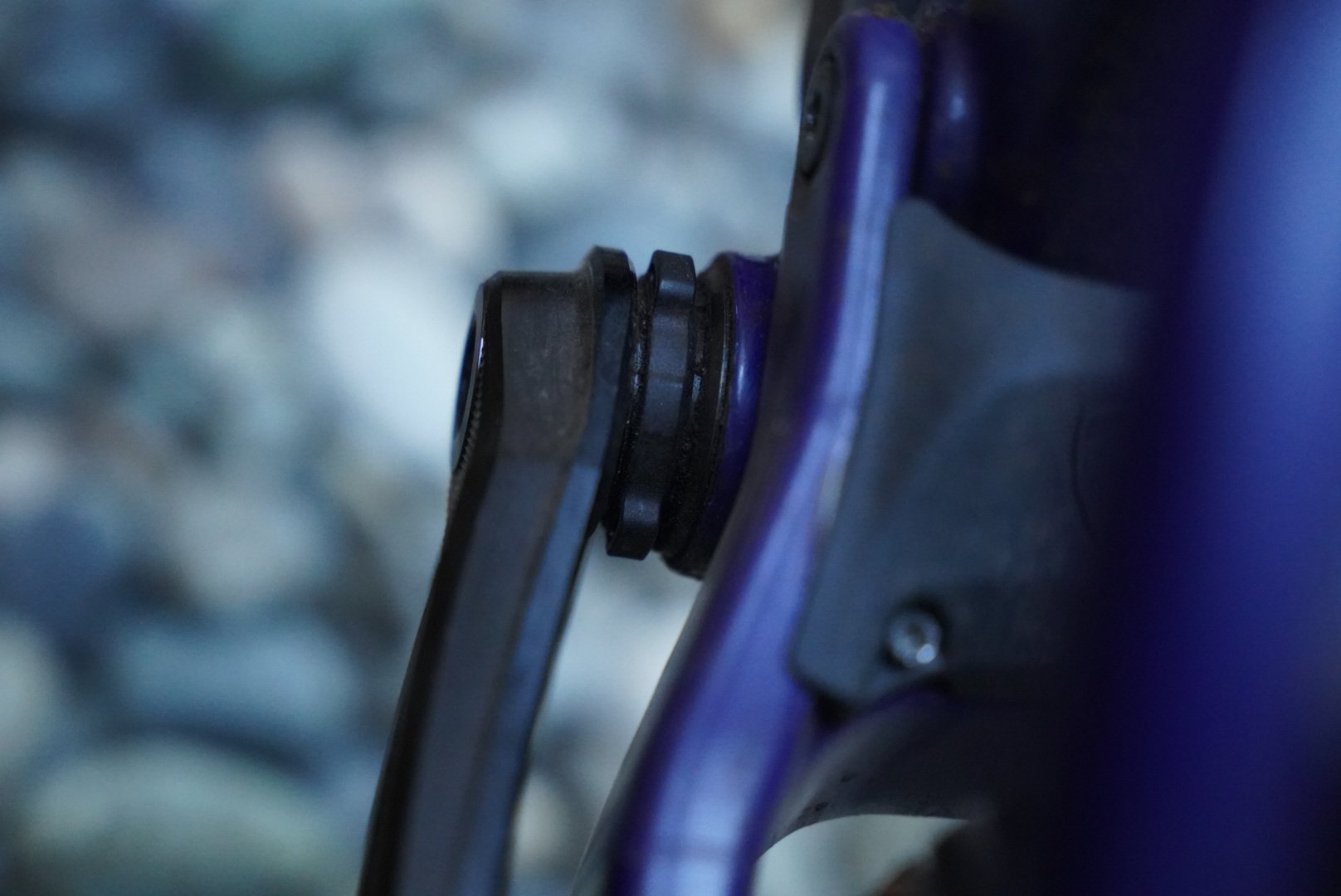
My sample pair didn't come with the six-lobed preload collar and revised 3mm bolt size, but I look forward to that instead of that tedious 2mm bolt.
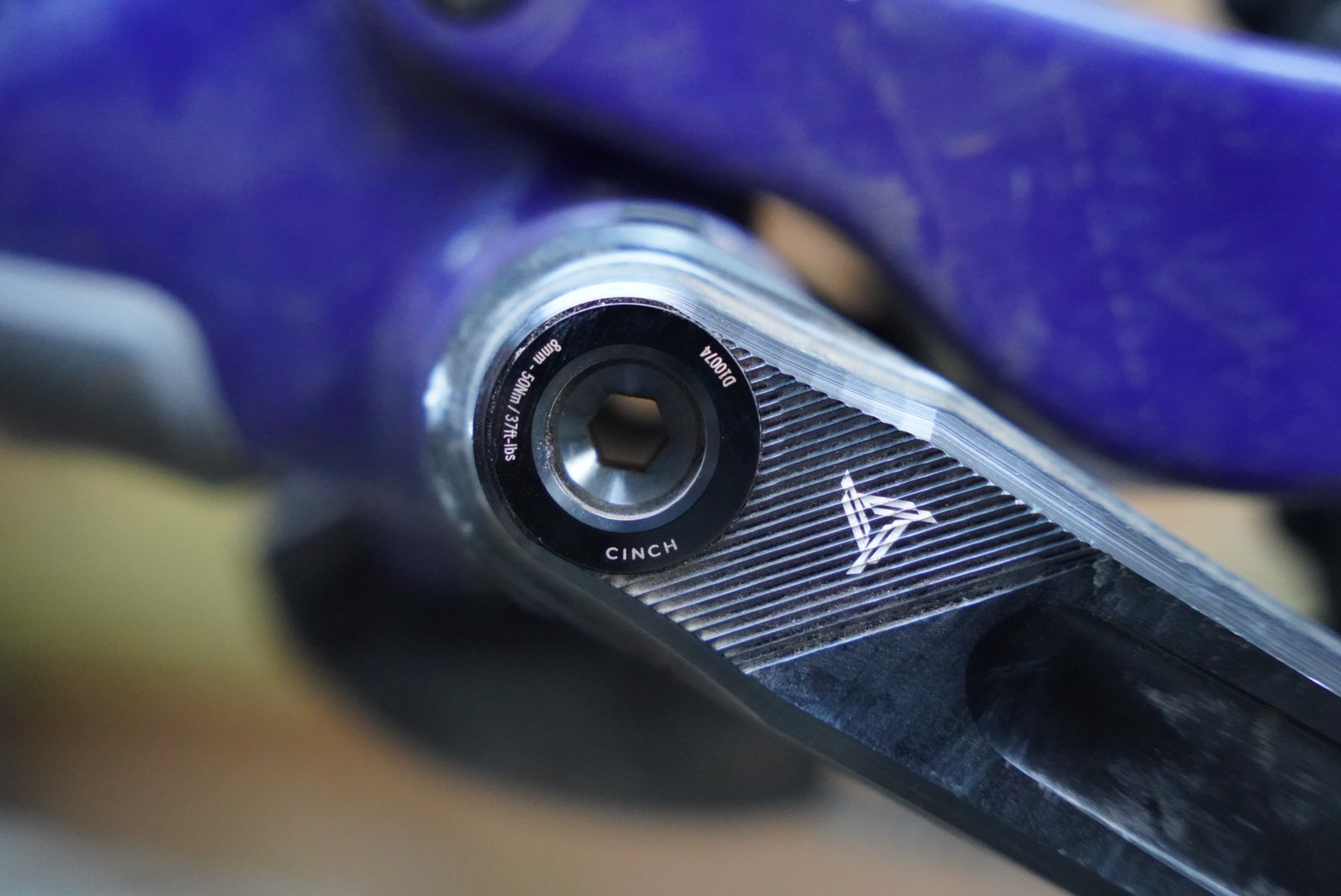
While the Turbine (and alloy cranks in general) have sat in the composite shadow of carbon cranks, the stiff and light aluminum construction maintains the benchmark of what a crank should be – a reliable piece of kit that's strong, light, and well priced. The Keith Bontrager formula of “strong/light/cheap – pick two” doesn't apply here. MSRP is $219.99 CAD, which I'm damn sure is what I paid for my last pair of Turbines in 2016. Claimed weight of a new Turbine 170mm crank/spindle/32T chainring is 595g, 84g heavier than a $589 Shimano XTR 9100 setup, at basically less than half the price.
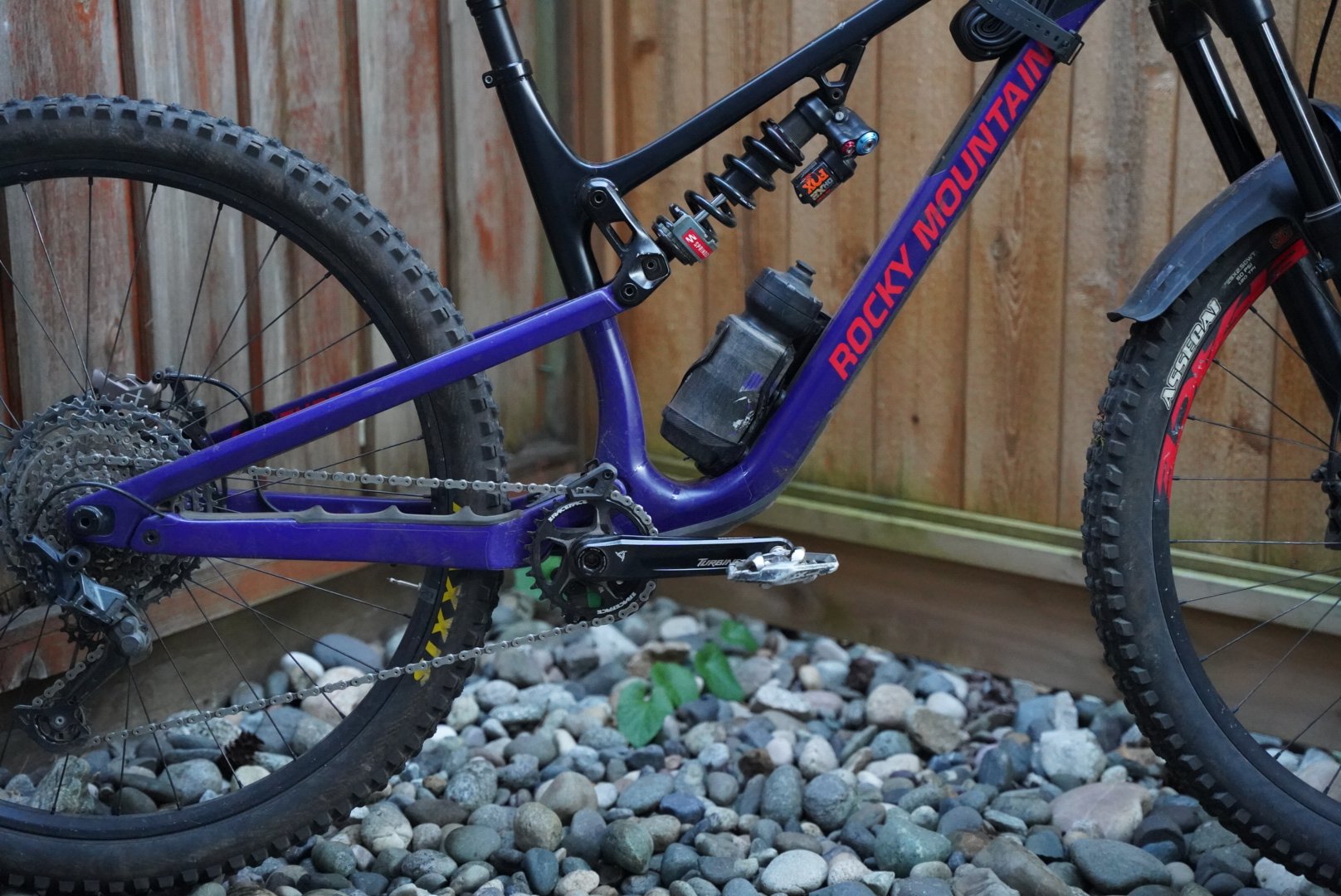
The previous iteration of the Turbine wasn't necessarily marketed as a bruiser of a crank (such as Race Face's DH/Freeride crank, the Atlas), but many used it for exactly that. A shredder friend recently remarked that his Turbines have survived 8 bikes. Race Face sender and all around good dude Steve Vanderhoek has been on the new Turbines for over a year, without issue. I'll knock on wood when I say carbon cranks have served me well in the past, but I often wonder what kind of longevity they afford. Heel rub and rock strikes, even with a crank boot, make me squirm as I think about carbon laminate getting crushed. Sure, I'm a sucker for shiny things, but knowing how often I bash my cranks, I'll remain an alloy crank devotee for life - at least for my personal bikes. Race Face's newest Turbine lives exactly as it should, an every day North Shore/Enduro worthy crankset that can continually take a beating, without eating too much of your wallet at $219.99 CAD. Find them here.
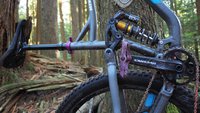
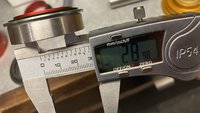
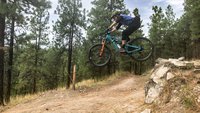
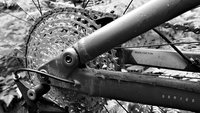







Comments
SomeBikeGuy
1 year, 7 months ago
Mountain bike manufacturers: "We heard you want threaded BB shells and for the first time ever, we listened to our customers and made it happen! And if we didn't, we're using BB89/92."
Raceface: "Here's our new workhorse crankset that 99% of Raceface crank purchasers should be buying. Check out the 30mm spindle, which saves you 37 or so grams in exchange for what is genuinely terrible BB bearing life in both threaded and BB89/92 BB shells, using bearings that no legitimate bearing manufacturer would at all recommend for this application."
It looks pretty but way to not read the room Raceface.
Reply
Justin White
1 year, 7 months ago
T47 is growing, and that allows for both for good bearings on big spindles and wide bearing spacing for actual stiffness*. Trek is using it on a ton of things, although they're also pretty much all DUB cranks.
I think 30mm crank spindles are like 35mm bars: provides nothing more than a chunky look and maybe a tiny weight savings, and a bigger number for marketing to splash around, while actively making things worse for many riders, but they're not going away anytime soon, probably not ever.
*(I never understood the argument that BB30 added significant overall stiffness just by increasing the frame stiffness with the larger diameter BB shell, while leaving the width at a tiny 68mm. Widening the bearing stance ala external BSA, BB92, or T47, is going to do so much more for effective BB & crank combined stiffness)
Reply
Cooper Quinn
1 year, 7 months ago
T47.
Reply
Justin White
1 year, 7 months ago
Soooo... we go back to cotter pins?
Reply
Velocipedestrian
1 year, 7 months ago
We go back to (stay with) 24mm steel spindles.
Reply
Cooper Quinn
1 year, 7 months ago
We don't need to forsake progress to end unnecessary proliferation of various standards.
Reply
Justin White
1 year, 7 months ago
Yeah, you kinda do. How can you have progress without new things? How do the new things become widely utilized without "standards"?
Not to mention that both progress and unnecessary are subjective. To someone making only nice cotter pin cranks, square taper was unnecessary. But to someone who easily wore out square taper cranks and had them constantly loosening, even ISIS was progress.
What the XKCD was picking on is more things like the USB3 naming bullshit: the first USB3 spec, originally called USB 3.0, eventually became USB 3.1 Gen 1, then USB 3.2 Gen 1, while what was originally USB 3.1 Gen 2 later became USB 3.2 Gen 2 and USB 3.2 Gen2x2. Except you don't get the full benefit of USB 3.2 Gen 2x2 unless every single piece of the puzzle is exactly USB 3.2 2x2, despite so many things with a USB3 label on them.
Or to be more specific to the comic, the fact that they thought up Mini USB, pushed out 4 different connectors with that name, then very shortly after came out with Micro USB (also 4 connectors, but 2 were obsoleted soon after) and immediately declared Mini to be obsolete because it was "too big". Why make the stop-gap of Mini when Micro was right around the corner and was also going to obsolete Mini instead of complementing it?
DUB cranks in PF92 (and similar sized) BBs fits into that category. Big spindle in small shell means tiny bearings that die fast. DUB was a chance to change the whole thing, but they half-assed it and now we have scores of bikes with shitty BBs but really strong cranks.
T47 is progress. It might not cover everyone's use cases, but it does cover pretty much every complaint about the other standards: wide bearing stance for system stiffness, large diameter shell for frame stiffness, large diameter bearings for longevity, optional large diameter spindle for stiffness and lightness, threaded interface for resilience to bad frame tolerances (main reason pressfits creak is being non-parallel or non-concentric, main reason they die fast is too tight of a fit). Yes, it's yet another "new standard" but it improves in someway over each existing standard.
bushtrucker
1 year, 7 months ago
Yeah T47 is the answer here. Yes it's another standard but it's a good one and that's all I care about. Bearings are eaasy to find and even easier to replace.
Reply
SomeBikeGuy
1 year, 7 months ago
But which T47?!?
The "standard" T47 with a BB shell width of 86.5mm, or Trek's adaptation of T47 with a BB shell width of 85.5mm that makes mass production a lot easier at no cost to performance? BB cups for T47 86.5mm work fine with T47 85.5mm but it doesn't work the other way around. If only more stakeholders could have thought through and talked about T47 before this mess happened, right?
I'd be surprised if T47 didn't have an impact on frame design, particularly full suspension frames, so I'm thinking that it mostly keeps to the road & hardtail side of things. But I'm not a frame designer, so what do I know???
Reply
finbarr
1 year, 7 months ago
Yeah. These cranks seem great (marginally better than good ol’ SLX M7000), but to try them out, I’d need to drop an additional $100 on a new BB with questionable durability.
It’s unfortunate, as I’m in the market for a new crankset.
Edit: I’m cursed! I’m now in the market for a new BB. Maybe it’s time to go Raceface…
Reply
Kenneth Perras
1 year, 7 months ago
I've been using these cranks for over a year but, more interestingly, with the same new PF92 BB that features a nice, integrated lip seal. That BB is still spinning smoothly despite my constant need to wash my bikes even when they don't need one.
My one gripe with the older Turbines was the wider q-factor so it's nice to see it get a little narrower. Seems like such an inconsequential detail, but if you ride clips, and have used the same shoes/shoe brand for years, you can feel the difference in q-factor changes.
Reply
Graham Driedger
1 year, 7 months ago
I'm interested to see how this BB fares, compared to previous RF ones.
Race face has mentioned the reduction in Q factor of the 175mm crank is 2.8%/5mm - which all adds up on overall feel and comfort.
Reply
Frorider
1 year, 7 months ago
I thought I read the whole article but I missed this important info—the wide Q factor when I bought Turbines was why I returned them.
I recall RF at the time apologizing for not listing the Q factor for the cinch turbines at intro. They also couldn’t really explain to me why this general purpose crank had a Q factor bigger than all my other RF cranks.
Reply
Mike Rock Smith
1 year, 7 months ago
I've got my previous gen Turbines on their 3rd frame, and I initially bought them used so it's possible they were on even more frames. Will definitely be considering these new ones when it comes time to sell my bike, and build up a new one. I've heard many complain about their 30mm external threaded BB's, however I've had an RF one in my bike for 2 years and it's only just now starting to show signs of needing to be replaced but not critical yet. Lot's of grimy riding and hose downs too, so maybe a lot of it does come down to pre-load.
Reply
Justin White
1 year, 7 months ago
"Pedal ends have been optimised for each crankarm length"
Did the previous Turbines really not have this? That seems crazy. I know the Aeffect R got this in late 2019*, but I always figured the fancier cranks would have already gotten this optimization.
*(I accidentally got sent the old ones in August 2019 when I ordered what was supposed to the new ones specifically to avoid that extra 5+mm (would have been like 10+mm further than the main pedal body!) hanging off the end of the 170mm. I did get it sorted, thanks REI!)
Reply
Andy Eunson
1 year, 7 months ago
I wonder if the bearing issues people had, myself included, was due to over tightened pre load. That might be why the original aluminum ones went plastic. Good price on what is probably a great crank.
Reply
bushtrucker
1 year, 7 months ago
Best value cranks on the market!
And yeah I've cooked bearings with too much pre-load before. That was with WI cranks and their shitty 1.5mm hex preloader. But I still think a proper alu adjuster is easier in the long run though. And I actually ended up buying a Cane Creen preloader for my older turbines because I found the plastic collar so annoying to use.
Reply
BadNudes
1 year, 7 months ago
My vote for bang:buck goes to the RF Aeffect R. Turbines might take it but for the fact the Aeffects can use cheap reliable and available Shimano BBs
Reply
Kelownakona
1 year, 7 months ago
Has Race Face kept the traditional torque requirement of around 525Nm for these?
Reply
TristanC
1 year, 7 months ago
I have a nice trio of scars on my left forearm from breaking free an Aeffect crankset. Since then, I use welding gloves when installing/uninstalling them.
Reply
Mammal
1 year, 7 months ago
Awesome. When my Dub BB finally gives up the ghost, I'll probably be in the market for a pair of these.
Edit - Perhaps not so much now, with the talk of threaded BB bearing longevity goin on here... That's what I'd be on. Perhaps my clunky NX cranks with amazingly affordable steel rings stay put for a while. The Dub BB has actually been really reliable so far.
Reply
Sanesh Iyer
1 year, 7 months ago
I have had one of these Wheels BBs for 5 years on my Chromag with Turbines. Still running smooth and drag free. not like, DuraAce drag free. but better than the stock BB is new.
https://wheelsmfg.com/bottom-brackets/bb86-for-30mm/bb86-to-30mm-flanged-dual-row-pressfit-86-92-abec-3-bottom-bracket.html
Reply
DadStillRides
1 year, 7 months ago
I've also blown through way too many 30mm bbs on my rf cranks. I recently learned that cane creek makes 30mm bbs that are supposed to last longer. Anyone have experience with them?
Reply
Vik Banerjee
1 year, 7 months ago
SS aside I've usually rec'd 12 months+ of riding on a RF 30mm threaded BB. I've installed some 24mm spindle RF cranks this year with Shimano threaded BBs. I'm interested to see if I get extended life from them vs. the 30mm spindle BBs.
Reply
bushtrucker
1 year, 7 months ago
Ah I've also installed Race Face 24mm cranks on Shimano BB's because I've found Shimano BB's to be more reliable in the past. Did you find the fit up to be super tight? Like I know 24mm goes with 24mm but I managed to crack the plastic part of the BB while pushing the spindle through. Once installed it's been pretty set and forget but.
Reply
BadNudes
1 year, 7 months ago
Trying to ‘quickly’ install the Aeffect R crank one night I also popped the plastic bearing cover off a Shimano BB and cracked it pushing it back in place. Turns out the little plastic cap that comes installed on the end of the crank axle when new (you know, the one you threw out with the box ;) is pretty important during install to help guide the axle through the BB. To your question though, to me they seem about as tight as a Shimano crank in the same BB, and similar to the turbines in a wheels mfg bb, ie normal.
Reply
Shoreboy
1 year, 7 months ago
Chris King PF30 on one bike and Threadfit 30 on another. Never a problem or bearing change after 4 years on each with RF cranks.
Just an FYI for those looking to buy some of these, RF has a 35% off promo on right now, so I grabbed a pair of these to try out.
Reply
Konda
1 year, 7 months ago
8 bikes from a single pair of cranks? They must change bike a lot!
My experience with turbines lasted about 4-5 years of moderate use (riding 2-3 hrs 1-2 times a week) before the 24mm spindle wore, so there was play even with brand new bearings.
However, a brilliant design feature was the polished edges, so that shoe wear effectively didn't show up. They still looked in fantastic condition when I stuck them in the scrap/spares box. They seem to have removed that feature now unfortunately.
As a side note, the raceface BB that came with them lasted all of 3 months of summer riding. (RRP £70) whereas the £10 Shimano BB that replaced it lasted 2 years.
Reply
helpimabug
1 year, 7 months ago
The spindle fretting is always the problem on slip fit bearing interfaces where there is nothing to lock the inner race to the shaft (no amount of preload is gonna do it). Rear hubs are a victim of this, too. The I9 Hydras are one of the few designs where they got it right by having a spacer between the bearings, so that when you tighten the end caps it locks the races together and to the axle.
BBs like Sram’s with plastic bushings in the inner races protect the spindle from wear. But after about a year the plastic starts to deform, you get a tiny bit of movement and then creaking. Then people add more and more preload to take away the play, which eventually kills the bearings. But the bearings weren’t the problem, just the little $0.50 non-replaceable bushings wearing out.
(sorry, hope this is a rant-safe space?)
Reply
Please log in to leave a comment.